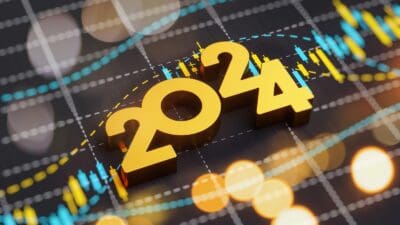Shares of FTSE 100 drugmaker Shire (LSE: SHP) jumped 4.5% to almost 4,800p after the company released its annual results at noon today. With revenue increasing 78%, is Shire the Footsie’s top growth stock? And more importantly, is it a good buy right now, or could AstraZeneca (LSE: AZN) be a better value-for-money investment?
A new world leader
Shire’s results are somewhat complex this year, due to the transformative acquisition of Baxalta in June. On one hand, revenue growth is fantastic due to the acquisition. But on the other, the statutory income numbers don’t look good due to acquisition accounting under GAAP rules.
Getting at the underlying performance is further complicated not only by Shire’s practice of using American Depository Shares (ADS) — each one of which represents three ordinary shares — for its earnings per share (EPS) numbers, but also because it issued a truckload of new shares for the Baxalta acquisition.
Thankfully, the commentary of the directors is considerably clearer. The key points are that the Baxalta integration is progressing ahead of schedule, that the pipeline has never been stronger and that Shire is, in short, now the world leader in rare diseases. Chief executive Flemming Ornskov said the board is “extremely optimistic” about the company’s long-term growth prospects.
Generous valuation
Shire’s guidance for 2017 is for underlying diluted EPS growth of between 11.5% and 16%. Translating from ADS to ordinary shares and dollars to sterling at the current exchange rate, this works out at EPS of between 390p and 406p, putting the price-to-earnings (P/E) ratio at between 11.8 and 12.3.
These multiples look extremely generous to me, given excellent near-term and long-term earnings growth prospects and the status of the company as the leader in its field.
Imminent inflection point
Earnings growth is something that Shire’s fellow FTSE 100 pharma play AstraZeneca has struggled to find for a good number of years. In its latest results, announced earlier this month, the company reported revenue and core EPS both down 5% (at constant exchange rates).
For 2017, Astra has guided on a low-to-mid single-digit percentage decline in revenue and a low-to-mid-teens percentage decline in core EPS, the latter being impacted by an expected 16%-20% tax rate compared with 11% in 2016.
On the face of it, this is not too encouraging. However, with the company nearing the end of a period of patent expiries and a reinvigorated pipeline bringing new medicines to market, chief executive Pascal Soriot is upbeat. He said: “It is an exciting time as we rapidly approach the inflection point for our anticipated return to long-term growth”.
A growth-boosting dividend
At a share price of 4,520p, AstraZeneca trades on a forward P/E in the region of 15 to 16. The company has maintained its dividend through the period of earnings declines and reaffirmed its commitment to a progressive policy in its latest results. The forward yield is around 5% at current exchange rates which, if reinvested, will compound nicely. This makes it an attractive stock not only for income seekers, but also for investors looking for long-term growth. As such, I also rate AstraZeneca a ‘buy’.







